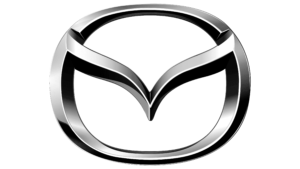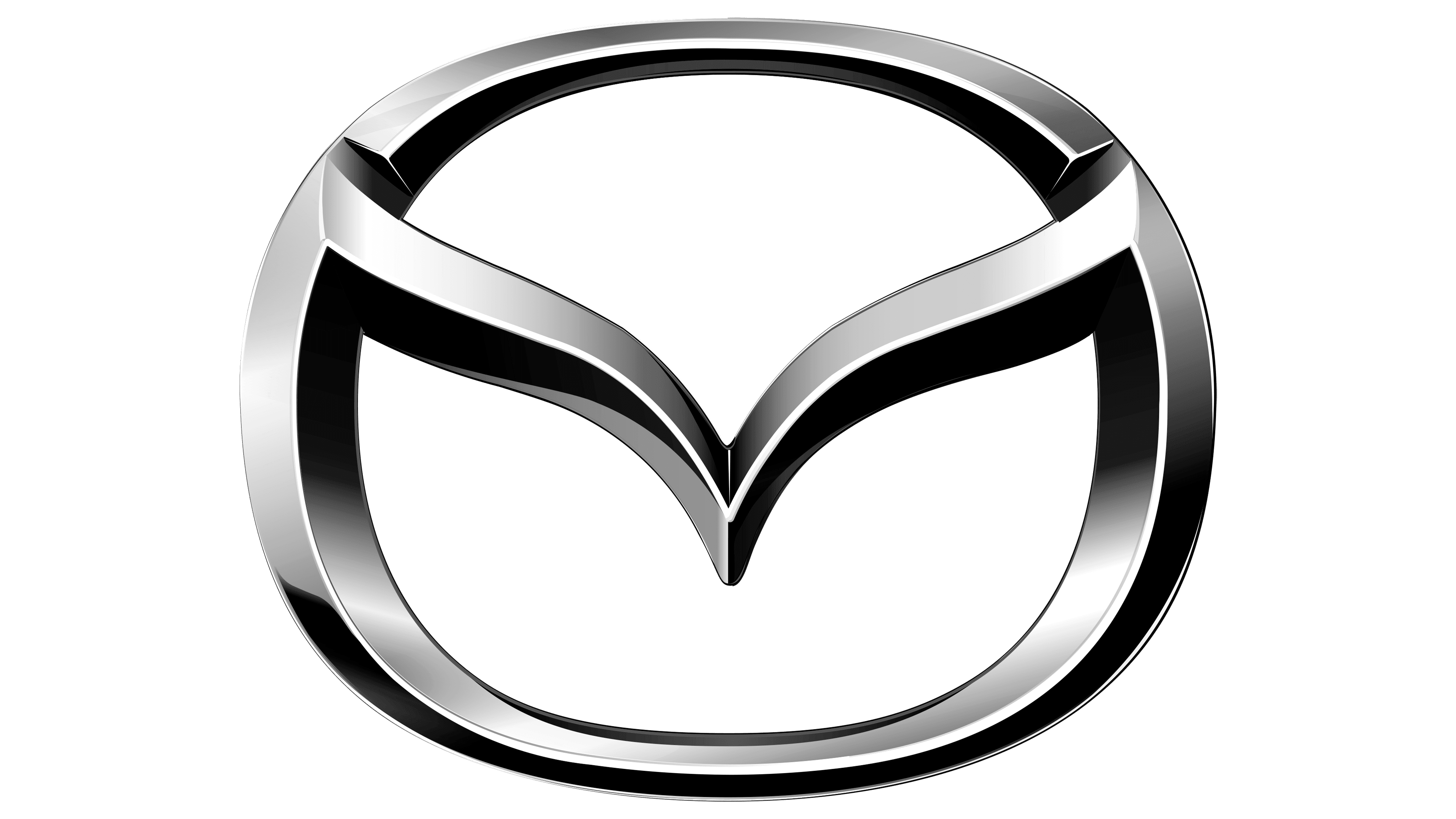Mazda Motor Corporation is a publicly traded company

Founded: 1920
Country of origin: Japan
Owner: Public company
Current ownership structure
Mazda’s largest shareholder is Toyota Motor Corporation.
To get an overview of all major shareholders, please visit the section on shareholders on Mazda’s official website.
Previous ownership of Mazda
- 1920: Founded as Toyo Cork Kogyo Co., Ltd in Hiroshima, Japan. Renamed to Toyo Kogyo Co., Ltd. in 1927.
- 1931: Transitioned from manufacturing machine tools to vehicles, introducing the Mazda-Go auto rickshaw, marking the origin of the Mazda brand name.
- 1974-2015: Partnership with Ford Motor Company. Ford acquired a 24.5% stake in 1979, increased to 33.4% in 1995, becoming a controlling interest in 1996.
- 1999: Mazda Motor Corporation goes public
- 2008: Amid financial crises, Ford began reducing its stake in Mazda. Sold 20% of its shares, reducing its stake to 13.4%.
- 2010: Ford further reduced its stake to 3%. Sumitomo Mitsui Financial Group became one of the largest shareholders.
- 2015: Ford sold its remaining shares in Mazda, ending its formal shareholding relationship
Market Position and Competitors
Market Position:
- Brand Identity:
- Mazda is known for its emphasis on driving pleasure, design, and efficient technology. This has helped the brand carve out a niche among consumers who prioritize driving dynamics and aesthetics.
- Technological Innovation:
- The company has a long history of technological innovation, notably its development of the rotary engine and the recent SKYACTIV technology, which focuses on fuel efficiency and reduced emissions.
- Product Focus:
- Mazda’s product lineup is more focused compared to some of its larger competitors. It primarily includes sedans, hatchbacks, and crossover SUVs, with a particular emphasis on the compact and midsize segments.
- Global Presence:
- While Mazda is a major player in the Japanese market, it also has a significant presence in North America, Europe, and other regions. However, its global market share is smaller compared to major auto giants.
Key Competitors:
- Toyota:
- As one of the world’s largest automakers, Toyota competes in almost all segments where Mazda is present. Toyota is known for its reliability, extensive product range, and leadership in hybrid technology.
- Honda:
- Honda shares several market segments with Mazda, especially in compact cars and SUVs. Honda’s strengths are in its engine technology, reliability, and strong brand loyalty.
- Nissan:
- Nissan competes directly with Mazda in various segments, offering a wide range of vehicles, including sedans, SUVs, and electric vehicles.
- Subaru:
- Known for its all-wheel-drive vehicles, Subaru competes with Mazda in the crossover and sedan markets. Subaru’s focus on safety and off-road capability makes it a notable competitor.
- Hyundai and Kia:
- These South Korean automakers have grown significantly and compete with Mazda in terms of value, technology, and an expanding product lineup.
- European Brands:
- Brands like Volkswagen, BMW, and Mercedes-Benz, though generally positioned in a higher market segment, overlap with Mazda in the compact and midsize car categories, especially for consumers seeking premium design and driving experience.
Mazda Brands
- Mazda2: A subcompact car, known as the Demio in some markets, offering efficiency and maneuverability.
- Mazda3: Available as both a sedan and a hatchback, this compact car is known for its design and driving dynamics.
- Mazda6: A mid-size sedan, appreciated for its styling, driving experience, and comfort.
- Mazda CX-3: A subcompact crossover SUV, offering a blend of a car’s agility with the utility of an SUV.
- Mazda CX-30: A compact crossover SUV, slightly larger than the CX-3, providing a balance of size and utility.
- Mazda CX-5: A compact crossover SUV, popular for its design, driving dynamics, and practicality.
- Mazda CX-9: A mid-size crossover SUV with three rows of seating, catering to families needing more space.
- Mazda MX-5 Miata: A lightweight two-seater roadster, famous for its fun driving experience and affordability.
- Mazda CX-50: A newer addition to the lineup, this SUV is designed to offer a more rugged, off-road capable option.
The History of Mazda
Beginnings in Hiroshima (1920)
Mazda’s journey commenced in Hiroshima, Japan, in 1920, originally founded as the Toyo Cork Kogyo Co., Ltd. Initially a cork-making factory, the company quickly pivoted, reflecting the industrial spirit of the era, to become a significant player in the burgeoning automotive industry.
Transition to Automotive Manufacturing (1931)
In 1931, Toyo Kogyo made a decisive move from cork production to transportation, launching the Mazda-Go, a three-wheeled vehicle. This marked the inception of the Mazda brand, laying the foundation for its future as a major automotive manufacturer.
Post-War Revival and Innovation
After the devastation of World War II, Mazda embarked on a path of reconstruction and innovation. The 1950s saw the company expanding into small, four-wheel trucks, and the 1960s marked the debut of their first passenger car, the R360 Coupe, in Japan. This era was a testament to Mazda’s resilience and adaptability.
Pioneering the Rotary Engine (1960s-1970s)
The 1960s brought a technological breakthrough for Mazda with the development of the rotary engine, a symbol of the company’s engineering prowess. The iconic Cosmo Sport 110S, introduced in 1967, was a hallmark of this era. Mazda’s international presence grew, notably entering the American market in 1970.
Challenges and Strategic Partnerships (1970s-1990s)
The latter part of the 20th century saw Mazda facing global market challenges. In 1979, a partnership with Ford Motor Company began, which saw Ford taking a significant stake in the company. This alliance brought financial stability and shared technological advancements.
New Millennium, New Directions (2000s-Present)
The new millennium saw Mazda redefining its identity and strategy. The gradual divestment by Ford began in 2008, leading Mazda towards greater independence. The company embraced this change, focusing on innovation in design and technology, notably with its SKYACTIV technology.
Legacy and Global Influence
Mazda has evolved from a local cork manufacturer to a globally recognized automotive brand, known for its commitment to driving pleasure, innovative technology, and distinct design philosophy. Its story is one of resilience, innovation, and an unyielding pursuit of engineering excellence, captivating car enthusiasts worldwide.

